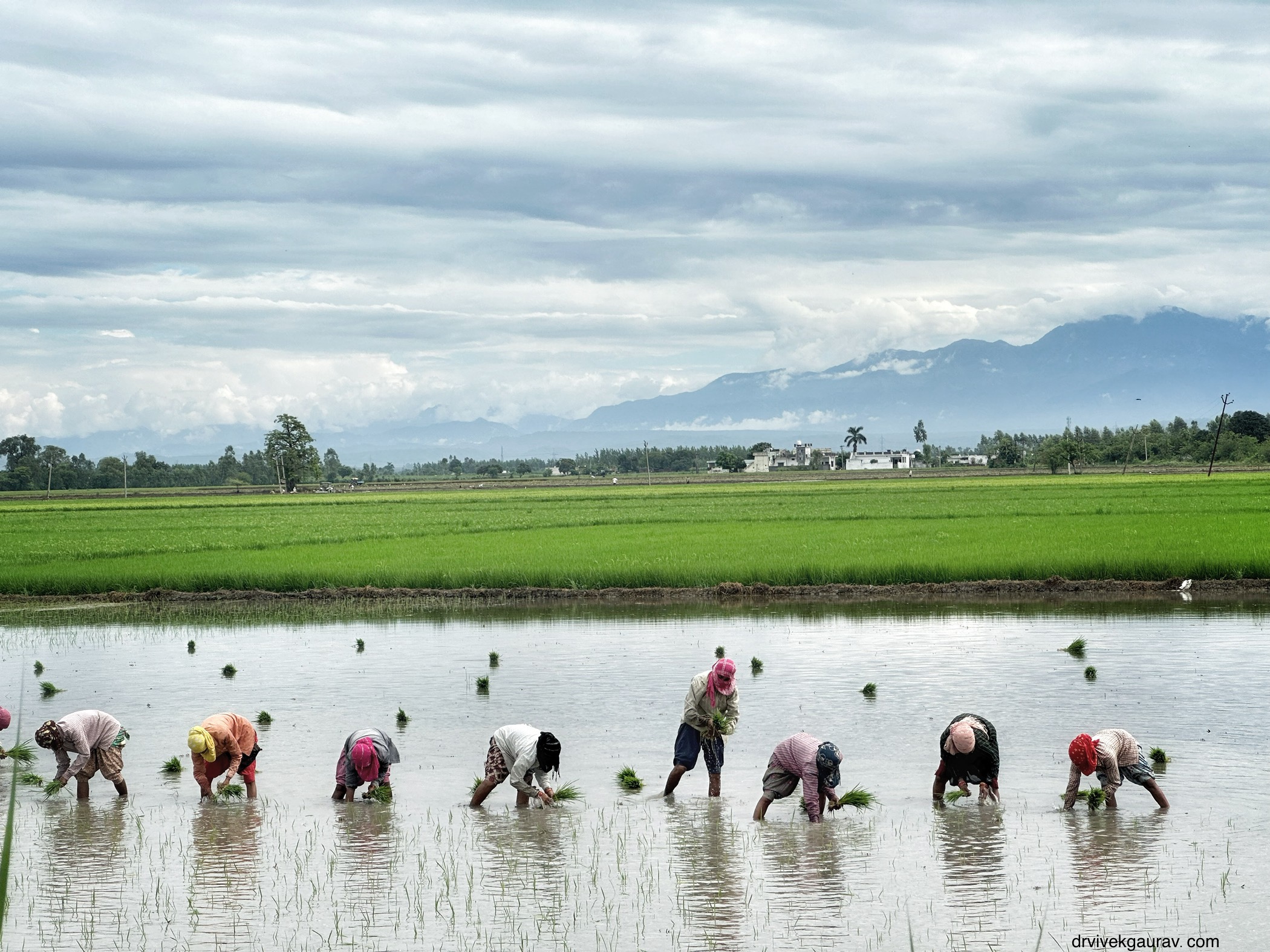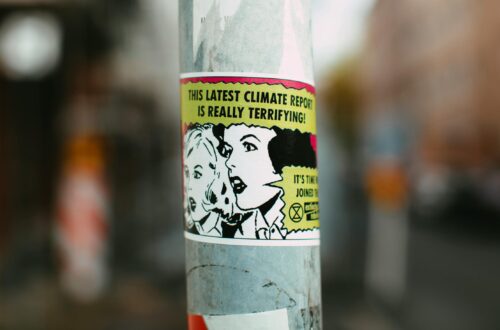Are you looking to deepen your understanding of environmental science? Whether you’re an avid reader or a budding environmentalist, literature can be a powerful tool to expand your knowledge and appreciation of the natural world. This article recommends 10 classic books that cover a wide range of environmental topics, from biodiversity to climate change and everything in between.
Table of Contents
The Importance of Environmental Literature
Environmental literature has played a crucial role in shaping our understanding of the natural world and our impact on it. These books offer insights into the complexities of ecosystems, the consequences of human actions, and the urgent need for conservation and sustainable practices. By diving into these works, you’ll gain a richer perspective on environmental science and be inspired to take action.
Book 1: Silent Spring by Rachel Carson
Overview
Published in 1962, Rachel Carson’s “Silent Spring” is a seminal work that ignited the modern environmental movement. Carson meticulously documented the adverse effects of pesticides on the environment, particularly focusing on DDT.
Key Themes
The book explores the delicate balance of ecosystems and the unintended consequences of human intervention. Carson’s vivid storytelling and scientific rigor make the case for a more harmonious relationship with nature.
Impact on Environmental Policies
“Silent Spring” spurred a nationwide ban on DDT and other pesticides, leading to the establishment of the Environmental Protection Agency (EPA) in the United States. It remains a cornerstone of environmental literature and policy.
Book 2: The Sixth Extinction by Elizabeth Kolbert
Overview
Elizabeth Kolbert’s “The Sixth Extinction” delves into the ongoing mass extinction event caused by human activities. Through compelling narratives and scientific research, Kolbert illustrates the alarming loss of biodiversity.
Key Themes
The book examines past extinction events and compares them to the current crisis, emphasizing the impact of human activity on the planet’s species.
Mitigating Mass Extinction
Kolbert suggests various steps to mitigate this crisis, including conservation efforts, habitat restoration, and policy changes. Her work underscores the urgency of addressing biodiversity loss.
Book 3: The Hidden Life of Trees by Peter Wohlleben
Overview
Peter Wohlleben’s “The Hidden Life of Trees” reveals the astonishing world of trees and forests. Wohlleben, a forester, shares his insights into the social networks and communication among trees.
Key Themes
The book discusses how trees interact, support each other, and respond to their environment, challenging our understanding of plant life.
Sustainable Forestry Practices
Wohlleben’s insights advocate for sustainable forestry practices that respect the intricate relationships within forests, promoting conservation and biodiversity.
Book 4: The Omnivore’s Dilemma by Michael Pollan
Overview
In “The Omnivore’s Dilemma,” Michael Pollan explores the complex web of modern food production and consumption. This thought-provoking book examines the environmental and ethical implications of our food choices.
Key Themes
Pollan delves into the origins of our food, from industrial farming to organic and foraged foods, highlighting the impact on health, environment, and society.
Environmentally Conscious Food Choices
Pollan encourages readers to make more environmentally conscious food choices, suggesting that small changes in our diets can have significant positive effects on the planet.
Book 5: The Song of the Dodo by David Quammen
Overview
David Quammen’s “The Song of the Dodo” takes readers on an exploration of island biogeography and the delicate balance of ecosystems. Quammen’s narrative is both scientific and deeply personal.
Key Themes
The book highlights the principles of island biogeography, extinction, and the importance of biodiversity conservation.
Island Biogeography and Conservation
Quammen’s work informs contemporary conservation efforts by emphasizing the need to preserve habitats and maintain ecological balance, particularly in isolated environments.
Book 6: A Sand County Almanac by Aldo Leopold
Overview
Aldo Leopold’s “A Sand County Almanac” is a classic in environmental literature. It presents a series of essays that advocate for a land ethic, emphasizing the need for responsible stewardship of the environment.
Key Themes
Leopold’s essays explore the beauty of nature, the interdependence of living organisms, and the ethical responsibility of humans to care for the land.
Contemporary Environmental Ethics
Leopold’s land ethic resonates with contemporary environmental ethics, encouraging a harmonious relationship between humans and nature.
Book 7: The Weather Makers by Tim Flannery
Overview
Tim Flannery’s “The Weather Makers” explores the science of climate change and its global implications. Flannery provides valuable insights into the causes and consequences of climate change.
Key Themes
The book covers historical climate data, the science behind climate change, and the urgent need for action to mitigate its effects.
Public Awareness on Climate Change
Flannery’s work has contributed significantly to public awareness and action on climate change, making it an essential read for anyone concerned about the planet’s future. Read more about the importance of Public understanding of Climate Science here.
Book 8: The Diversity of Life by Edward O. Wilson
Overview
Edward O. Wilson’s “The Diversity of Life” celebrates the incredible diversity of species on Earth while highlighting the urgent need for biodiversity conservation.
Key Themes
Wilson explores the origins of biodiversity, its role in ecosystem stability, and the threats posed by human activities.
Biodiversity and Ecosystem Stability
Wilson’s work emphasizes the importance of preserving biodiversity to maintain ecosystem stability and resilience, offering practical solutions for conservation.
Book 9: The Man Who Planted Trees by Jean Giono
Overview
“The Man Who Planted Trees” by Jean Giono is a powerful tale of an individual’s dedication to reforestation. It underscores the transformative power of ecological restoration.
Key Themes
The story illustrates how one person’s commitment to planting trees can rejuvenate a barren landscape and restore ecological balance.
Reforestation and Conservation Inspiration
Giono’s tale inspires conservation efforts and reforestation projects, demonstrating the impact of individual actions on the environment.
Book 10: The End of Nature by Bill McKibben
Overview
Bill McKibben’s “The End of Nature” is one of the earliest books on climate change for a general audience. It explores the concept of human-induced climate change and its profound implications for the planet.
Key Themes
McKibben discusses the altered state of nature due to human activities, highlighting the urgency of addressing climate change.
Climate Change and Environmental Activism
“The End of Nature” has significantly contributed to the global conversation on climate change and environmental activism, inspiring many to take action for the planet’s future.
Summary
This meticulously curated list of 10 classic books will ignite your scientific curiosity and deepen your understanding of our natural world. From Rachel Carson’s groundbreaking “Silent Spring” to Bill McKibben’s prophetic “The End of Nature,” these literary works will transport you to the forefront of environmental exploration. Each book offers unique insights into the complexities of the environment and the importance of conservation, making them essential reading for anyone passionate about the planet.





